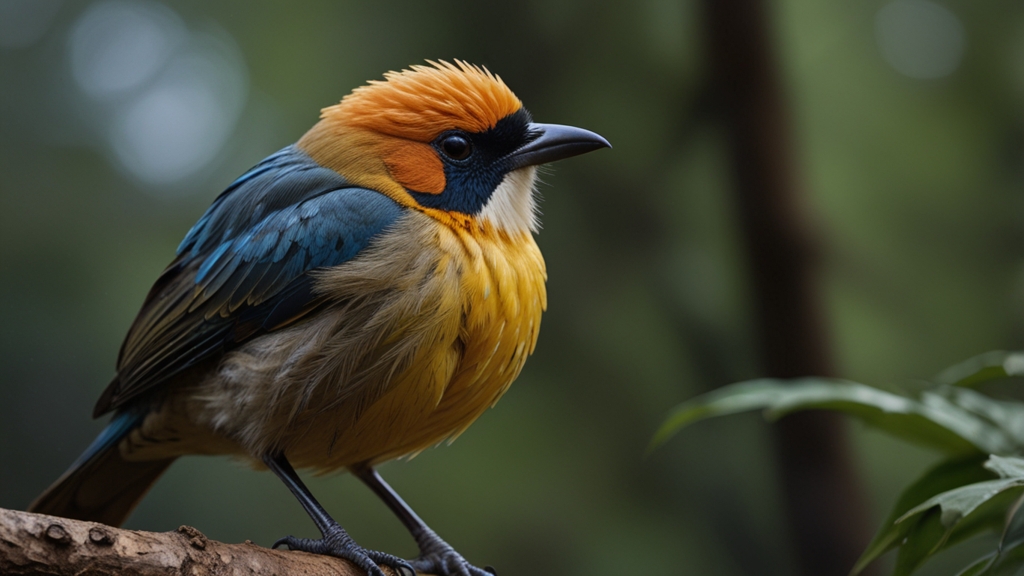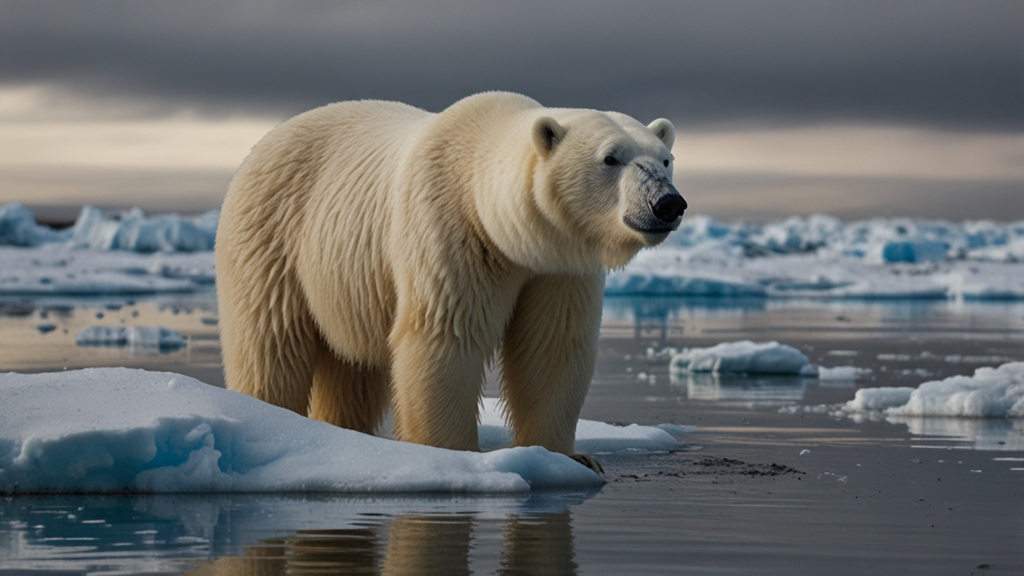Earth's Most Unique Bird Species: A Gallery of Wonders
The avian world is a vast and varied panorama of color, song, and behavior. Within this sprawling tapestry, certain bird species stand out for their unique characteristics and mesmerizing allure. Here, we take a journey through some of Earth's most fascinating and distinctive birds, celebrating the wonders of our feathered friends.
The Majestic Harpy Eagle
Among the most powerful birds of prey, the Harpy Eagle reigns supreme in the tropical rainforests of Central and South America. Recognizable for its strikingly long, talon-equipped legs, this raptor has a wingspan that can reach up to seven feet. The Harpy Eagle's distinctive crown of feathers and intense gaze are symbols of its supreme predatory prowess.
The Harpy Eagle's keen eyesight allows it to spot potential prey from high up in the canopy, making it an apex predator in its habitat.
The Enigmatic Kakapo
New Zealand's nocturnal Kakapo is a flightless parrot that has captured the imagination of many bird enthusiasts. With a penchant for climbing, this chubby, green bird known as the "owl parrot" exhibits highly unique behaviors. The Kakapo is also renowned for its booming mating calls that can echo through the forests at night.
Due to habitat destruction and introduced predators, the Kakapo teeters on the brink of extinction. Conservation efforts, however, have been instrumental in slowly increasing its population, ensuring that this wondrous bird does not vanish from our world.
The Spectacular Resplendent Quetzal
A symbol of freedom and beauty in ancient Mesoamerican cultures, the Resplendent Quetzal adds a splash of iridescent hues to the cloud forests of Central America. Its vibrant green and red plumage, complemented by an impressively long tail, makes it one of the most stunning birds to behold.
The Resplendent Quetzal's striking appearance is matched by its elusive nature, making sightings a treasured experience for bird watchers.
The Inquisitive Kea
The Kea, native to the mountains of New Zealand, is often referred to as the world's only alpine parrot. Known for its playful and intelligent demeanor, the Kea is notorious for engaging with human objects out of sheer curiosity. They have been observed dismantling backpacks, cars, and other items in their quest for entertainment.
This inquisitiveness, coupled with their striking green and orange plumage, makes the Kea a truly remarkable bird. However, their interactions with humans sometimes lead to unfortunate consequences, highlighting the need for responsible human-bird coexistence.
Hoatzin: The Living Fossil
The Hoatzin, found in the swamps, riverine forests, and mangroves of the Amazon and Orinoco basins, is often dubbed a "living fossil" due to its unusual digestive system and ancient lineage. Resembling a pheasant, the Hoatzin's chicks possess claws on their wings, reminiscent of their dinosaur ancestors. The bird's digestive process emits a unique odor that has earned it the nickname "stinkbird."
The Hoatzin's diet primarily consists of leaves, and its digestive system has evolved an enlarged crop that ferments vegetation, similar to a cow's rumen.
The Vibrant Mandarin Duck
Often considered one of the world's most beautiful waterfowl, the Mandarin Duck is native to East Asia but has been introduced to other regions. The male Mandarin Duck's plumage boasts an astounding array of colors—vivid reds, blues, and oranges—creating a picturesque spectacle on any water body it graces.
What makes these ducks even more enchanting is their courtship ritual, where males showcase elaborate displays to attract females. Despite their exotic appearance, Mandarin Ducks adapt well to a variety of habitats, including urban parks and gardens.
A Celebration of Avian Diversity
These birds, with their unique attributes and fascinating behaviors, are an eloquent testament to the wonders of evolution and the diversity of life on Earth. The Harpy Eagle, Kakapo, Resplendent Quetzal, Kea, Hoatzin, and Mandarin Duck represent only a fraction of the avian splendor that stretches across our planet. By understanding and appreciating these remarkable species, we foster a greater sense of responsibility to protect and preserve their habitats for future generations.








